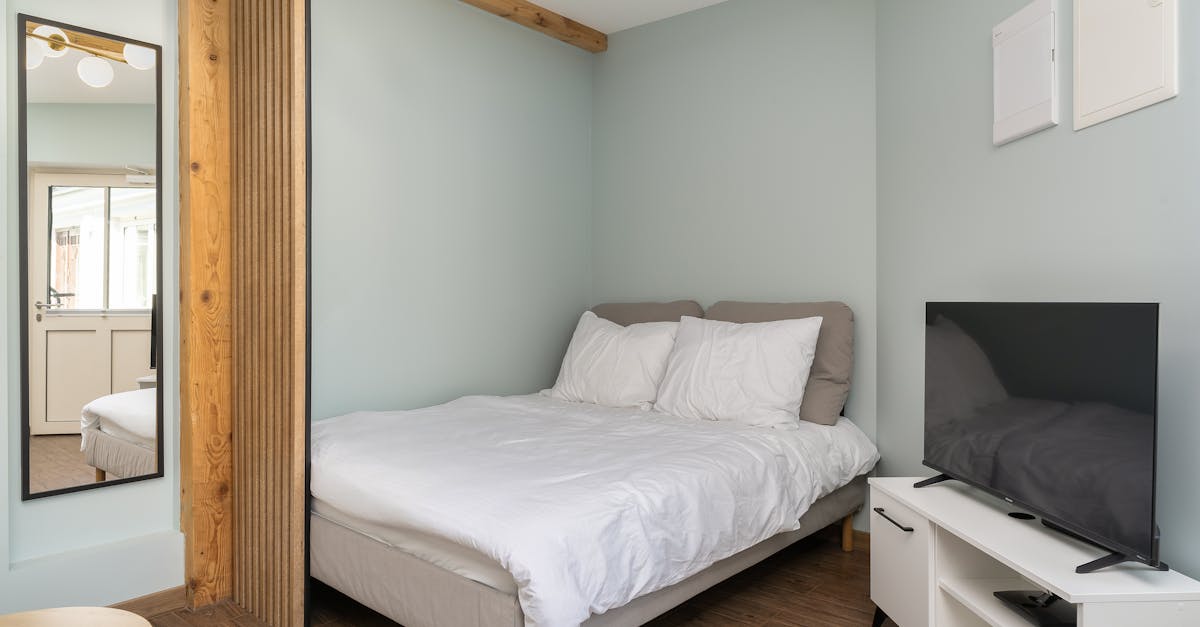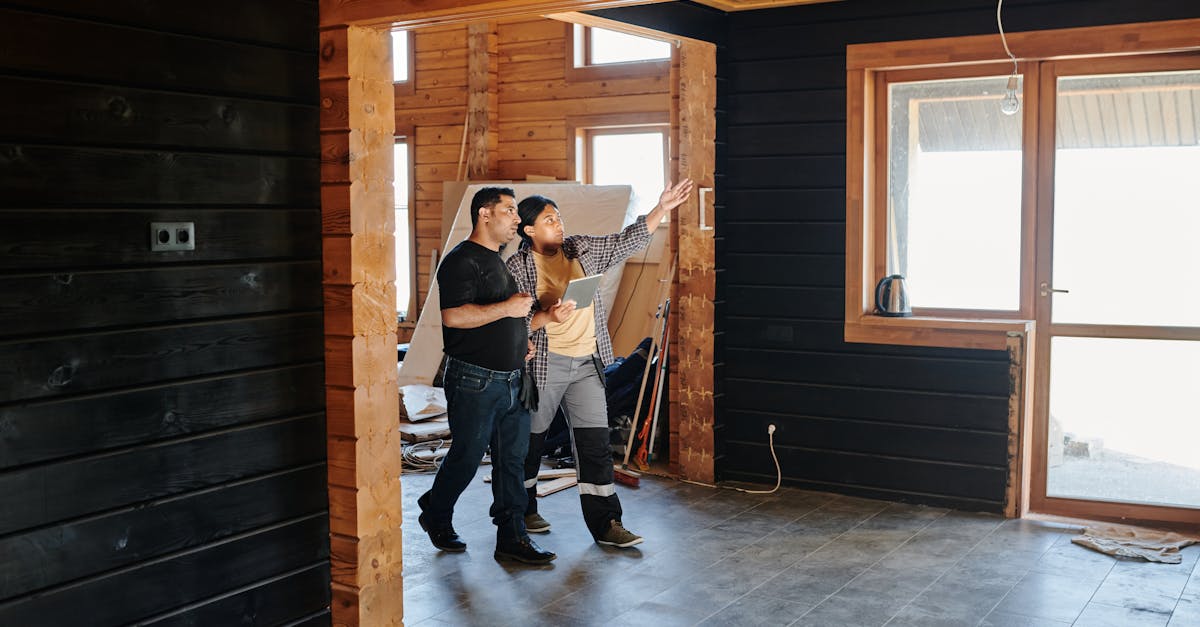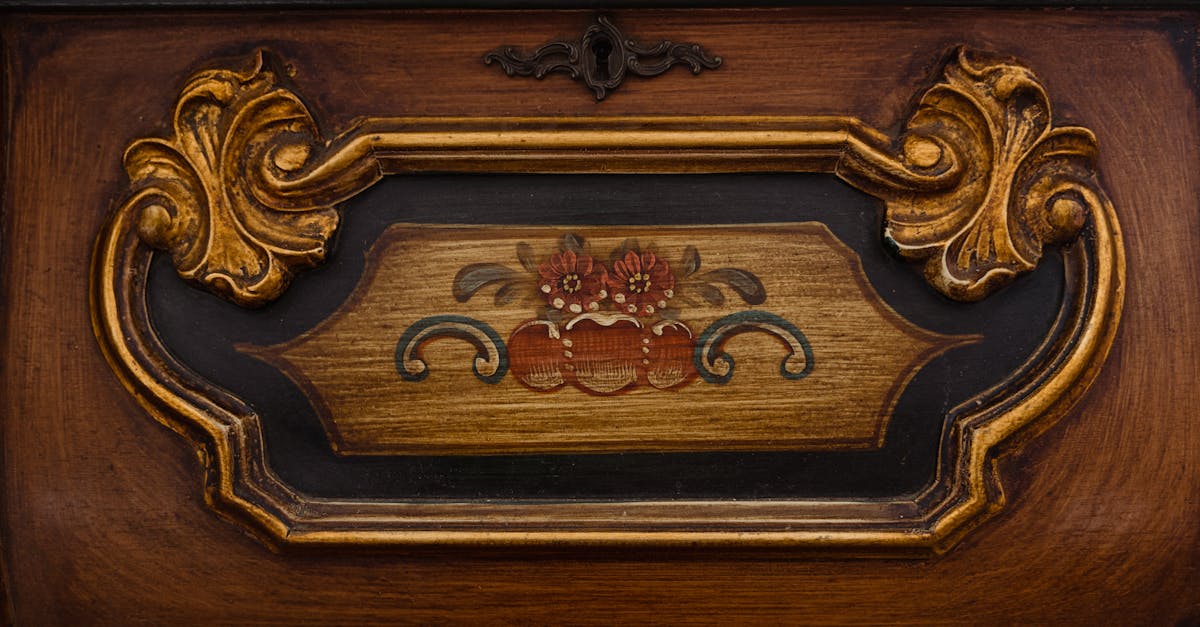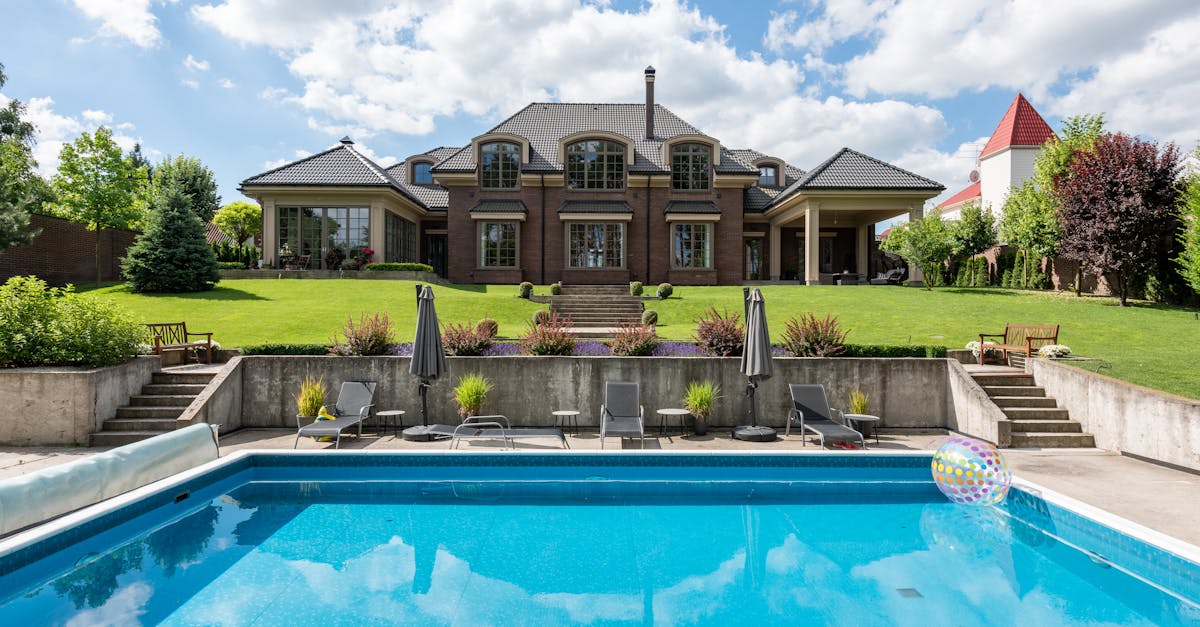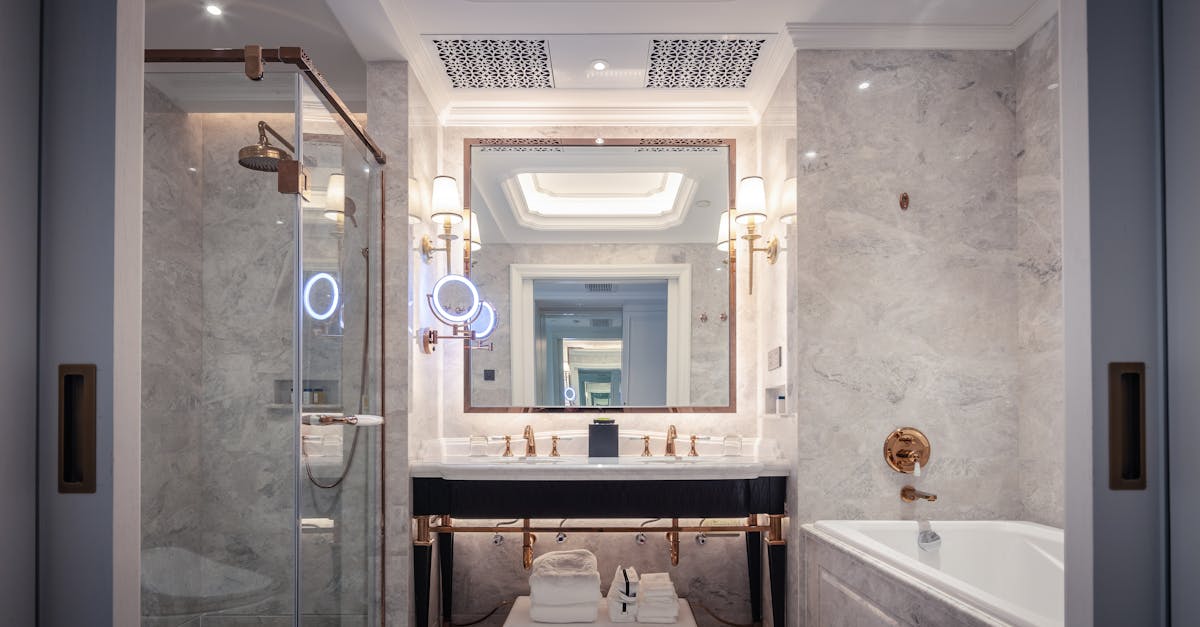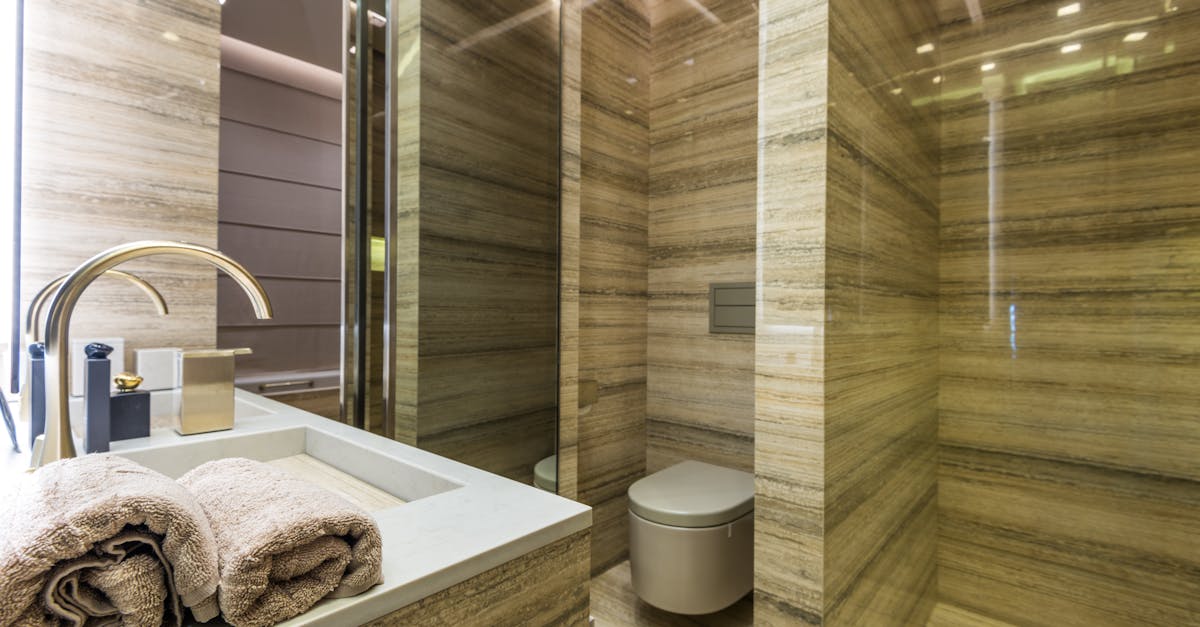How To Restore Antique Furniture
Introduction
Antique furniture holds a unique charm with its intricate craftsmanship and history. Restoring these pieces allows us to relive their former glory. This article guides you through the essential steps to restore antique furniture effectively.
Advertisement
Understanding Your Piece
Begin by researching the type and history of your furniture to determine its value and the materials used. Knowing the era and makers can guide your restoration process. A little investigation helps decide if full restoration is feasible or if careful conservation is a better approach.
Advertisement
Assembling the Right Tools
Having the proper tools makes the restoration process smoother and more efficient. Essential tools include sandpaper, scrapers, glue, clamps, various paints and stains, and a soft cloth. Investing in these tools is crucial to restore your furniture to its original state.
Advertisement
Preliminary Cleaning
Start by gently cleaning your furniture to remove dust and grime accumulated over the years. Use a solution of warm water and mild detergent, wiping it down lightly with a soft cloth. Avoid harsh chemicals that might damage the delicate wood or patina.
Advertisement
Repairing Structural Damage
For structural repairs, disassemble broken parts and use appropriate wood glue to fix them. Clamps may be necessary to hold pieces in place as the glue dries. Ensuring joints are tight will preserve the piece's longevity and maintain its original aesthetic.
Advertisement
Stripping Old Finish
To remove aged finishes, apply a chemical stripper or sand the wood gently. This process should be done meticulously to prevent harm to the wood underneath. Once the old finish is stripped, you'll reveal the natural beauty of the antique piece, ready for new treatment.
Advertisement
Staining and Finishing
Choose a stain color that complements the piece’s original shade. Apply evenly with a brush or cloth, ensuring there are no streaks. Once stained, a finish, either oil-based or polyurethane, acts as a protective layer against future damage and brings out the wood's richness.
Advertisement
Upholstery Restoration
For upholstered furniture, carefully remove old fabric and padding. You can either replicate the original design with period-appropriate materials or select a fabric that matches your interior. Reupholstering not only enhances aesthetic appeal but also renews comfort.
Advertisement
Caring for Restored Furniture
Once restoration is complete, ensure regular maintenance to preserve its condition. Use wood cleaner or oil periodically to keep the wood hydrated and avoid exposure to direct sunlight to prevent fading. Proper care extends the lifetime of your antique furniture.
Advertisement
Conclusion
Restoring antique furniture is a rewarding way to preserve history while adding charm to your home. With careful attention to detail, even the most worn-out pieces can be revitalized. As you breathe new life into these cherished items, you create a tangible connection to the past.
Advertisement
